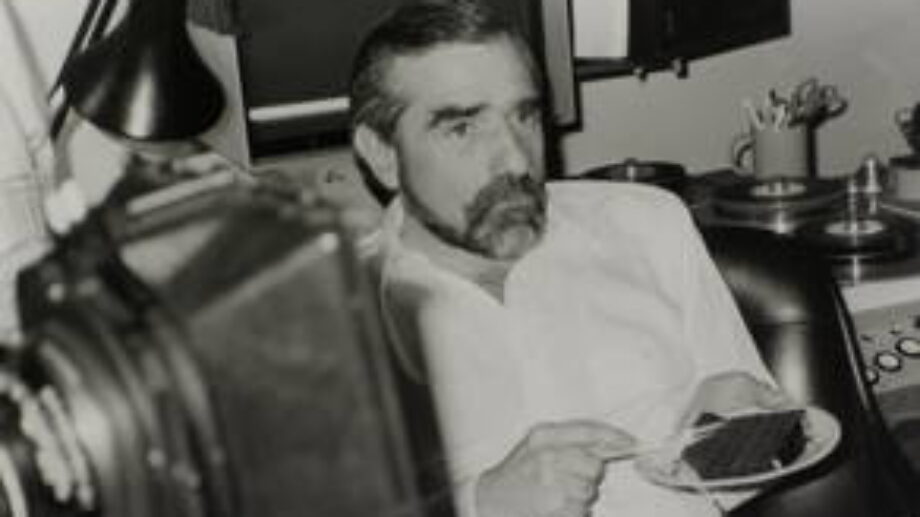
Behind the scenes of the round-table discussion The New Wave: Remedy or Poison?
Cinéastes of Our Time (Cineastes de notre temps) was founded in 1964 by André Labarthe and Janine Bazin (widow of another well-known André). The show, they imagined, would exercise the same critical methods Labarthe had honed at Cahiers du Cinema, only apply them to a medium in which the subject of criticism could be given a face, a body, and a voice. Each week a new filmmaker would sit before the camera, and each week the chosen subject would talk at length. They’d begin to feel at ease, and start—sometimes slowly—to open up.
“You can see this series as a kind of history of cinema,” notes NYFF Selection Committee Head Richard Peña; indeed, in retrospect the show couldn’t have been better named. Its first incarnation often seems like an attempt at remedial canon-building: a mad dash to immortalize some of the cinema’s original pioneers while they, and the medium, still showed glimmers of youth. In the show’s second run, begun in 1989, the producers shifted their focus to contemporary filmmakers, as if trying to construct a modern canon without the hindsight granted their predecessors. In both cases the subjects were, for the most part, still living; and so, at least on one level, both programs seem equally informed by what was then the present state of world cinema. Yet taken as a whole, the series seems, Janus-like, to look from that ever-shifting moment in two opposite directions, in the first case back at cinema’s origins, in the second forward into its future.

Oliviery Assayas and Hou Hsiao-hsien in HHH
At the same time, though, the series remains a—maybe the—quintessential artifact of its specific time and place. It seems to me that, more than the films it produced or the styles it popularized or the tastes it fostered, the New Wave's most important legacy was its willful blending of criticism and creation, filmmaking and film consumption—a revolution to which Cinéastes now seems an eloquent, enduring monument. “The films,” Peña continues, were “almost always made by real filmmakers, not just TV journalists, but people who had been filmmakers, made feature films and already had their own reputation.” Jacques Rozier helmed the posthumous special on Jean Vigo, Olivier Assayas a later installment on Hou Hsaio-Hsien, Claire Denis a two-hour ramble with Jacques Rivette. Each filmmaker imbues their installment with a voice different from that of any of the others but different, too, from their own fiction features, as if each wanted to channel the style and temperament and spirit of their subject.
In a way Cineastes literalizes the maxim that filmmakers like Godard and Truffaut implied but left unsaid: that one can perhaps best respond to a film by making another film, a film that can function as an original creation even as it brings into focus and, by a mysterious process of appropriation and reuse, finds new meaning in that which came before it. One can read, or watch, these interviews as supplements or as films, or (and perhaps this is closer to the filmmakers' intentions) as films that are their own supplements. The aesthetic awareness, the roundedness, the precision of fiction filmmaking—they’re all there, but they seem content to serve as something other than their own ends, instead to make each of the subject’s mannerisms a little more vivid, each of their words a little more meaningful. And isn’t that the true function of style in criticism—to be as complete and as satisfying as the object of criticism itself, but, with grace and humility, to applaud as the latter takes its bow alone?
Cinéastes/Cinema of Our Time runs from October 3 – 14 as part of the Masterworks section of the 50th New York Film Festival. Tickets on sale now!



